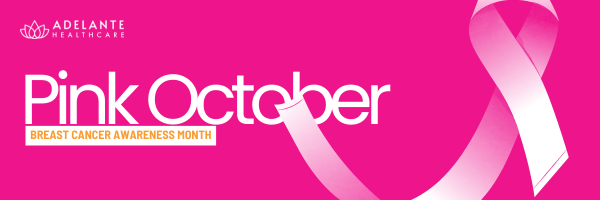
Understanding Breast Cancer: Symptoms, Mammograms, and When to Get Checked
Breast cancer is a topic that touches the lives of countless individuals and families. Let’s learn more about breast cancer, including common symptoms, the importance of mammograms, and when you should consider getting checked.
Knowledge is a powerful tool in the fight against breast cancer. 🌸🎗️
Common Symptoms of Breast Cancer:
Recognizing the early signs of breast cancer is crucial for prompt diagnosis and treatment. While symptoms can vary from person to person, some common indicators include:
- Lump or Thickening: The presence of a painless lump or thickening in the breast or underarm area.
- Changes in Breast Size or Shape: Noticeable changes in the size, shape, or contour of the breast.
- Skin Changes: Redness, dimpling, or puckering of the breast skin.
- Nipple Changes: Changes in the nipple, such as inversion, discharge (other than breast milk), or scaling.
- Breast Pain: Persistent breast pain or discomfort that does not go away.
Remember, doing regular breast self-examinations can help you notice changes in your breasts sooner. Haven’t done one yet? Check out our blog on How to do a Breast Self Exam!
What Is a Mammogram?
A mammogram is a specialized X-ray of the breast tissue used to detect breast cancer at an early stage, often before physical symptoms appear. During a mammogram, the breast is compressed between two plates to obtain detailed images. There are two main types of mammograms:
- Screening Mammogram: This is typically done on individuals with no breast cancer symptoms. It helps detect cancer in its early stages.
- Diagnostic Mammogram: If you have symptoms or an abnormal result from a screening mammogram, a diagnostic mammogram provides more detailed images and may include additional views.
When Should You Get a Mammogram?
The recommended age to start regular mammograms can vary, but generally, the guidelines are as follows:
- Women in their 40s: Many healthcare organizations recommend starting regular mammograms in your 40s, usually around age 45. Discuss with your healthcare provider to determine the best age for you.
- Women in their 50s and beyond: Continue to have mammograms every one to two years. Some women may choose to have them annually.
- High-Risk Individuals: If you have a family history of breast cancer or other risk factors, your healthcare provider may recommend earlier and more frequent mammograms.
Remember, early detection through regular mammograms can significantly increase the chances of successful treatment and survival.
It’s essential to discuss your breast health plan with your healthcare provider, taking into account your individual risk factors and medical history.
Breast cancer awareness extends beyond Breast Cancer Awareness Month. Knowing the common symptoms, understanding what a mammogram is, and adhering to recommended screening guidelines are key steps in maintaining your breast health.
If you have any concerns or questions about breast cancer or mammograms, reach out to our Women’s Health OB/GYN providers at Adelante Healthcare.
Your health is our priority, and we’re here to support you on your journey to wellness. 🏥🌸